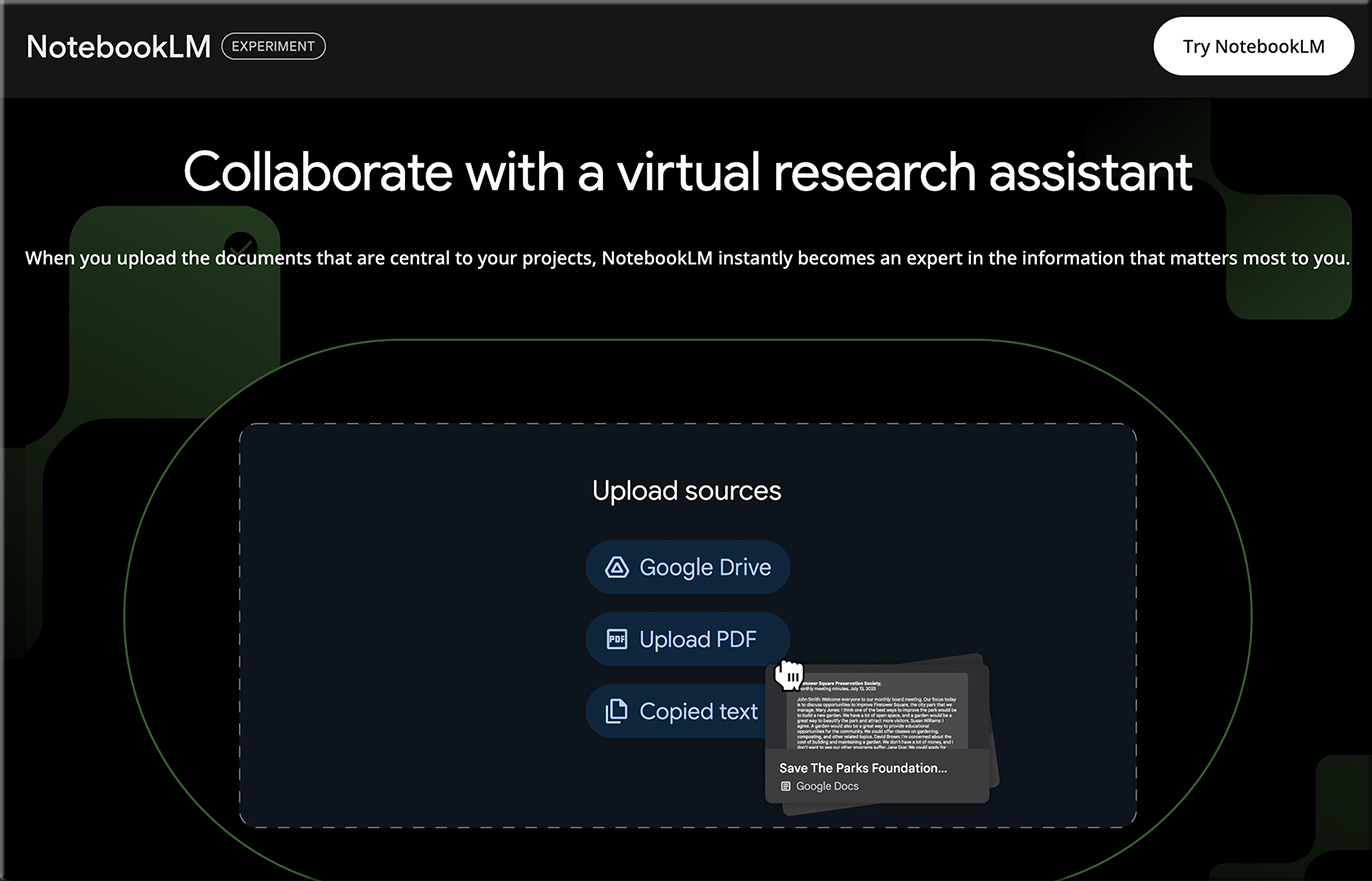Wander into This Miraculous Miniature Library with Thousands of Books Made Entirely by Hand — from thisiscolossal.com by Jackie Andres and Tomas Mayer
The 2023 Wildlife Photographer of the Year Reveals the Most Magnificent Animal Behavior — from thisiscolossal.com by Grace Ebert and Co.
The Sony World Photography Awards 2024 Celebrate Childhood Joy and Fiery Festivities — from thisiscolossal.com by Grace Ebert and Co.
In Drew Simms’s Short Film, Yellowstone National Park’s Gentle Giants Hunker Down in Subzero Temperatures — from thisiscolossal.com by Kate Mothes and Drew Simms
From DSC:
Check out this beautiful short film. It’s incredibly well done!
My Honest Review of AI Art Tools I Used In 2023 — from theaigirl.substack.com by Diana Dovgopol
Here’s what I think of every AI art tool I used in 2023.
Today, I want to give my honest review of every AI art tool I used and why I love/hate some of them. I’ll highlight the best features they have and how the impact they had on me as an AI artist.
…
Midjourney v4: The first AI art tool I loved
While Lensa had its moment and offered users the chance to turn their selfies into stylized AI art effortlessly, Midjourney v4 meant a world of new possibilities. You could create anything you wanted with a prompt!
Speaking of art and creativity, here are two other items to check out!
An Italian Basilica, Mountain, and the Moon Magically Align in an Extraordinary Photo — from thisiscolossal.com by Grace Ebert and Valerio Minato
***
Photographer Mikko Lagerstedt Illuminates the Magical Solitude of the Nordic Winter — from thisiscolossal.com by Mikko Lagerstedt and Grace Ebert
380 Artists, 51 Countries, 14 Years: A Community Embroidery Project Connects Women Around the Globe — from thisiscolossal.com by Grace Ebert
Fav Photos Found in 2023: 75 Photos by 75 Photographers — from booooooom.com
Light Undulates Through Delicate Sheets of Glass in Ben Young’s Sculptural Seascapes — from thisiscolossal.com by Ben Young and Kate Mothes
The 2023 Ocean Photographer of the Year Contest Highlights the Stunning Sights Above and Below the Surface — from thisiscolossal.com
It’s Not Kansas Anymore: It’s Cinematic Thinking — from campustechnology.com by Mary Grush and Gardner Campbell
A Q&A with Gardner Campbell
Blogs are like a screenplay to a mental movie the student has made. It’s a kind of narrative, but in a way that’s more associative, the way film can be.
Grush: What about your recorded online class sessions? Do they present another path to cinematic thinking?
Campbell: Yes! A couple years ago I started describing what I did with online learning as making movies on location. That referred to the way that I really wanted each of our class meetings to be: a kind of experience, not just for students to be here as I’m lecturing, though I may be doing that, but an experience that’s similar to a live television show. Or almost like a live recording session. Of course, we’re making something that is recorded on video, and you can go back and look at it to get the flow of the experience of our time together: the way in which that story exists through time.
The Colonnade of a Barcelona University Building Embodies a 13-Meter-Tall Heart by Jaume Plensa — from thisiscolossal.com by Kate Mothes
Comically Candid Snapshots Culminate in the 2023 Comedy Wildlife Photography Awards — from thisiscolossal.com by Jackie Andres
“Zen-Xan” by Photographer Lawrence Hardy — from booooooom.com by Lawrence Hardy
From the world of science, see:
One of the Most Colorful Composites of the Universe Highlights Galaxies 4.3 Billion Light-Years from Earth — from thisiscolossal.com by Grace Ebert






























